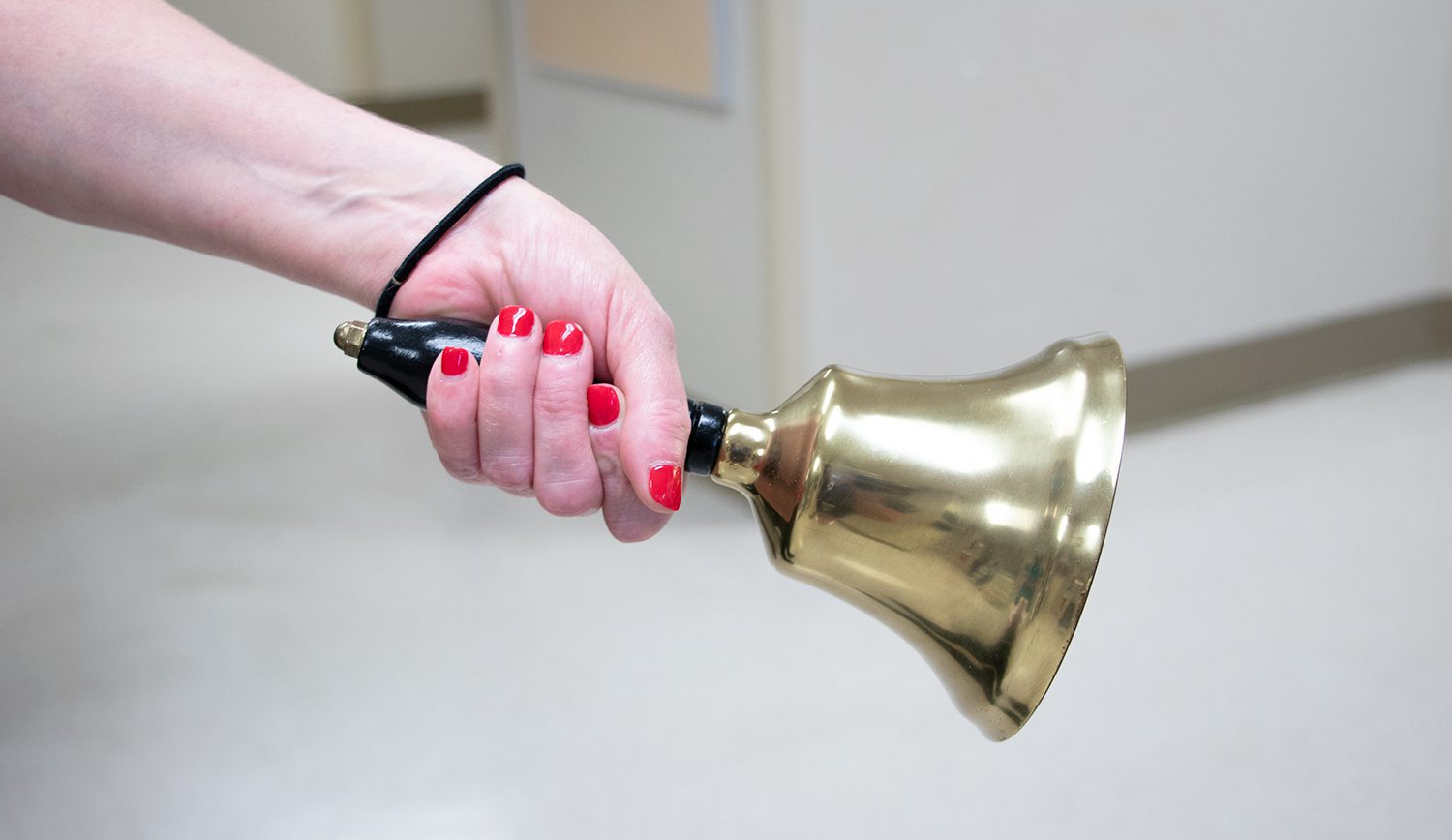Diabetes and Wound Healing: Understanding the Connection
Did you know that diabetes can affect wound healing? When a person has diabetes, their body may have trouble healing wounds properly. This can lead to complications and longer healing times. Understanding how diabetes impacts wound healing is crucial for effective management of the condition.
How Diabetes Impacts Wound Healing
Diabetes has a significant impact on the body’s ability to heal wounds effectively. When a person with diabetes sustains an injury, the normal healing process is often compromised, leading to delayed healing and an increased risk of complications. This is due to various risk factors associated with diabetes that can hinder the body’s natural ability to repair and regenerate damaged tissue.
Impaired Blood Circulation and Oxygen Delivery
One of the primary ways in which diabetes affects wound healing is through impaired blood circulation. High blood sugar levels can damage blood vessels and lead to poor circulation, depriving the affected area of essential nutrients and oxygen needed for proper healing. Without an adequate supply of oxygen-rich blood, the healing process is slowed down, making it more challenging for the body to repair the damaged tissue effectively.
Weakened Immune Response
Another critical factor in the impaired wound-healing process in individuals with diabetes is the weakened immune response. Diabetes can weaken the immune system, making it less effective in fighting off infections that may occur in the wounded area. As a result, the risk of developing infections in poorly healing wounds is significantly higher in diabetic individuals compared to those without the condition.
Increased Inflammation and Oxidative Stress
Additionally, diabetes can lead to increased inflammation and oxidative stress in the body, further complicating the wound-healing process. Chronic inflammation and high levels of oxidative stress can disrupt the normal healing cascade, prolonging the inflammatory phase and delaying the transition to the proliferative and remodeling phases essential for tissue repair.
Tips for Promoting Wound Healing in Diabetes
While diabetes can pose challenges to the wound-healing process, CMC Wound Care offers some strategies and tips that individuals with diabetes can implement to promote better healing outcomes.
- Monitor Blood Sugar Levels: Keeping blood sugar levels within the target range can help improve circulation and promote faster wound healing.
- Practice Good Wound Care: Properly clean and dress wounds to prevent infections. Regularly check for signs of infection, such as redness, swelling, or discharge.
- Eat a Healthy Diet: A balanced diet rich in nutrients can support the body’s healing process. Include foods high in vitamins A and C, as well as protein.
- Stay Active: Regular exercise can improve circulation and overall health, aiding in faster wound healing.
- Quit Smoking: Smoking can impair circulation and slow down the healing process. Quitting smoking can significantly improve wound healing outcomes.

READ MORE:
The Foods to Help Your Wound Heal
What you eat plays a significant role in the wound-healing process.
Seeking Medical Help
If you have diabetes and are dealing with a slow-healing wound, it is essential to seek medical attention. A healthcare provider can assess the wound, provide treatment recommendations, and help monitor healing progress. Do not hesitate to reach out for professional help when needed as there are specialized options for wound healing available to you right here in the heart of Horry County.
CMC Wound Care provides advanced therapies to aid in infection prevention, new tissue growth, and successful wound closure. It is important to seek specialized care from the Wound Care Center at CMC as soon as an ulcer develops.
Treatment options include the following:
- Debridement, total contact casting, offloading, negative pressure wound therapy and hyperbaric oxygen therapy (HBOT) are advanced wound care modalities often used to treat diabetic foot ulcers. Debridement is the process of removing dead tissue from It is necessary for healing because dead tissue hinders the growth of new cells making it easier for infection to occur.
- Total contact casting relieves pressure from the wound and is considered the gold standard for treating diabetic foot Other forms of offloading or taking pressure off the wounded leg or foot include boots, crutches, or wheelchairs.
- Negative pressure involves placing a vacuum over a dressed This draws fluid through the wound and stimulates blood flow.
- Hyperbaric oxygen therapy provides patients with 100-percent oxygen in an enclosed acrylic chamber with higher-than-normal atmospheric pressure, which allows their blood to carry more healing oxygen to the wound.
Wound Healing in Conway, Myrtle Beach, and Beyond
Understanding the relationship between diabetes and wound healing is key to managing the condition effectively. CMC Wound Care is here to help you take proactive steps to promote wound healing, reduce the risk of complications from diabetes, and improve your overall quality of life. Remember to prioritize good wound care, monitor blood sugar levels, and seek medical assistance when necessary for optimal healing outcomes.
At CMC Wound Care, you will have the assistance and support you need during the healing process. Since the inception of our program, our team has treated over 4,200 patients and healed over 15,000 wounds. If you are dealing with an abscess or any other wounds that won’t heal, ask your primary care provider for a referral to CMC Wound Care or call 843-347-8347 for more information about our program.





